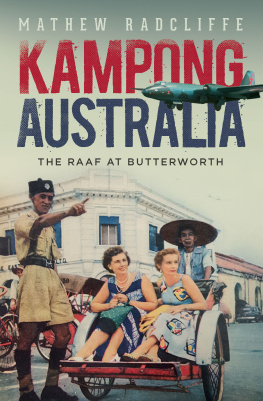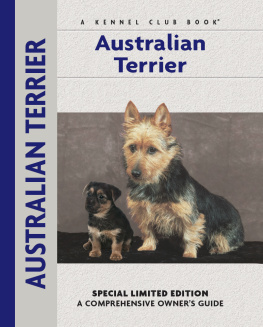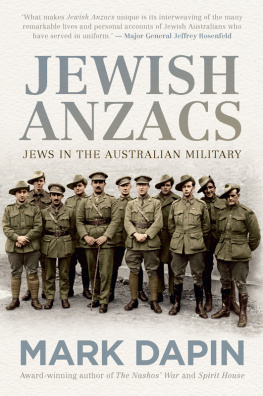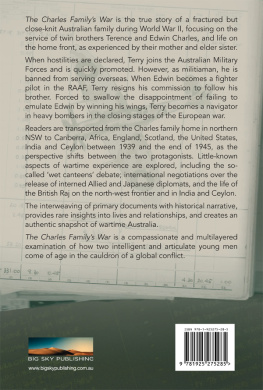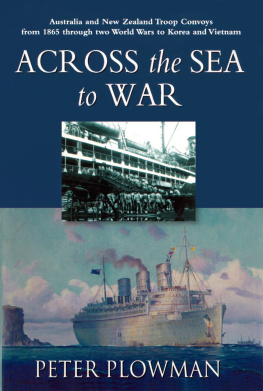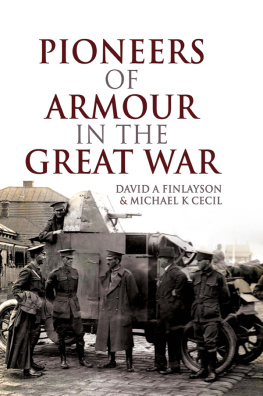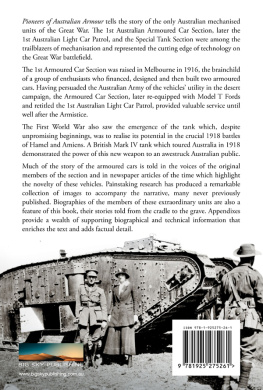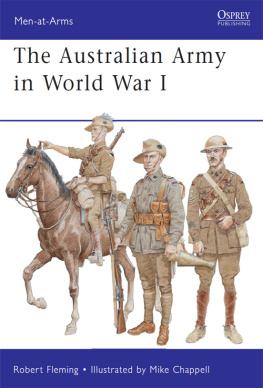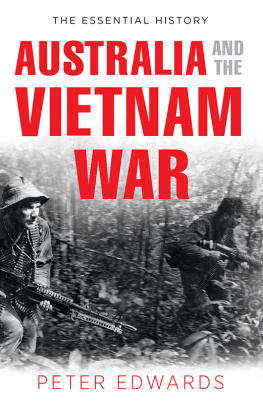KAMPONG AUSTRALIA
MATHEW RADCLIFFE was born at the Royal Australian Air Force (RAAF) base at Butterworth in northern Malaysia. After serving in the RAAF for seven years as an Engineering Officer, he completed a BA at UNSW majoring in history and a PhD at Macquarie University before writing this history of the social and cultural history of the RAAF at Butterworth. This is his first book.
KAMPONG AUSTRALIA
THE RAAF AT BUTTERWORTH
MATHEW RADCLIFFE

A NewSouth book
Published by
NewSouth Publishing
University of New South Wales Press Ltd
University of New South Wales
Sydney NSW 2052
AUSTRALIA
newsouthpublishing.com
Mathew Radcliffe 2017
First published 2017
10 9 8 7 6 5 4 3 2 1
This book is copyright. Apart from any fair dealing for the purpose of private study, research, criticism or review, as permitted under the Copyright Act, no part of this book may be reproduced by any process without written permission. Inquiries should be addressed to the publisher.
National Library of Australia
Cataloguing-in-Publication entry
Creator: Radcliffe, Mathew, author.
Title: Kampong Australia / Mathew Radcliffe.
ISBN: 9781742235141 (paperback)
ISBN: 9781742248066 (epdf )
ISBN: 9781742242613 (ebook)
Notes: Includes bibliographical references and index.
Subjects: Australia. Royal Australian Air ForceHistory.
Air basesMalaysiaButterworth.
Butterworth (Malaysia)History.
Dewey Number: 358.4170994
Design Josephine Pajor-Markus
Cover design Luke Causby, Blue Cork
Cover images front The Australian Womens Weekly / Bauer Media Pty
Limited; back Sabres fly over Penang / Bauer Media Pty Limited
Printer Griffin Press
All reasonable efforts were taken to obtain permission to use copyright material reproduced in this book, but in some cases copyright could not be traced. The author welcomes information in this regard.

This book is printed on paper using fibre supplied from plantation or sustainably managed forests.
CONTENTS
ACRONYMS
| No. 2 ACS | No. 2 Airfield Construction Squadron |
| 2 Inf Wksp REME | 2 Infantry Workshop, Royal Electrical and Mechanical Engineers |
| 3 Coy RASC | 3 Company, Royal Australian Army Services Corps |
| AFSO | Air Force Standing Order |
| AIF | Australian Imperial Force |
| AMDA | Anglo-Malayan Defence Agreement |
| ANZAM | Australia, New Zealand and Malayan Area |
| ANZUS | Australia, New Zealand, United States Treaty |
| ANZUK | Australia, New Zealand, United Kingdom (force) |
| ARCS | Australian Red Cross Society |
| AWM | Australian War Memorial, Canberra |
| BCFESR | British Commonwealth Far East Strategic Reserve |
| BCOF | British Commonwealth Occupation Force |
| CO | commanding officer |
| CPL | corporal |
| CSR | Commonwealth Strategic Reserve |
| CTs | Communist Terrorists |
| DAP | director of administrative planning |
| FARELF | Far East Land Forces |
| FEAF | Far Eastern Air Force |
| FLGOFF | flying officer |
| FLTLT | flight lieutenant |
| FPDA | Five Power Defence Arrangements |
| FSGT | flight sergeant |
| GPCAPT | group captain |
| HMAS | Her Majestys Australian Ship |
| HMS | Her Majestys Ship |
| HQ | Headquarters |
| HQBUTT | Headquarters Butterworth |
| HQFEAF | Headquarters Far Eastern Air Force |
| HQIADS | Headquarters Integrated Air Defence |
| System |
| JCS | Joint Chiefs of Staff (US) |
| LAC | leading aircraftman |
| MCA | Malayan Chinese Association |
| MCP | Malayan Communist Party |
| MCRU | Mobile Control and Reporting Unit |
| MQ | married quarters |
| NAA | National Archives of Australia |
| NATO | North Atlantic Treaty Organisation |
| NFSA | National Film and Sound Archive |
| PAC | Prophylactic Aid Centre |
| PSSC | Penang Schools Sports Council |
| RAA | Royal Australian Artillery |
| RAADC | Royal Australian Army Dental Corps |
| RAAF | Royal Australian Air Force |
| RAAFNS | RAAF Nursing Service |
| RAAMC | Royal Australian Army Medical Corps |
| RAE | Royal Australian Engineers |
| RAF | Royal Air Force (British) |
| RAN | Royal Australian Navy |
| RAR | Royal Australian Regiment |
| RMAF | Royal Malaysian Air Force |
| RN | Royal Navy |
| SEATO | South East Asian Treaty Organisation |
| SGT | sergeant |
| SQN | Squadron |
| SQNLDR | squadron leader |
| SSQ | Station Sick Quarters |
| UMNO | United Malays National Organisation |
| WGCDR | wing commander |
| WOFF | warrant officer |
| WRAAF | Womens Royal Australian Air Force |
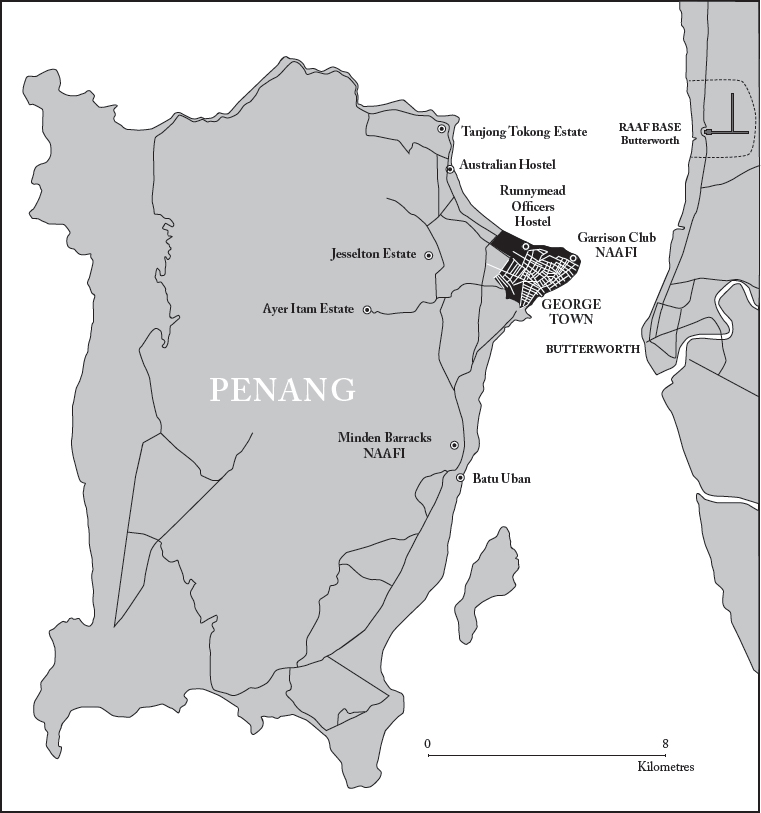
INTRODUCTION
On 16 April 1988, Royal Australian Air Force (RAAF) and Royal Malaysian Air Force (RMAF) personnel stood together on the main parade ground of the Butterworth Air Base in Penang, Malaysia. As one final boom of the military drums lingered in the still morning air, the assembled guests and government officials, including the Australian minister for defence, Kim Beazley, and the Malaysian defence minister, Tengku Rithauddeen, looked skyward as both Australian and Malaysian fighter jets thundered overhead. Towards the end of official proceedings, and to commemorate the withdrawal of Australias large military presence from the Butterworth base, RAAF Chief of Air Staff, Air Marshal Ray Funnell, handed over a recently retired Mirage fighter jet, A3-59, to remain on display at the front gates. The smiles and handshakes on the Butterworth parade ground that day marked not only the withdrawal of the last remaining RAAF squadron permanently stationed in northern Malaysia, but perhaps more importantly, the end of one of the largest and most enduring Australian military communities in postwar Southeast Asia.
It was only a coincidence that the RAAF withdrew from Butterworth as the Cold War stumbled through its final few acts in Eastern Europe in the late 1980s, but it did add a certain synergy to the event. In the early 1950s, Cold War anxieties had prompted Australia to join with other Western nations to create a global network of military bases designed to counter the growing communist threat. Guided by the doctrine of forward defence, and expecting Indochina to eventually fall to communist forces, Australian prime minister Robert Menzies judged the remaining British colonial possessions on the Malay Peninsula as the best locations on which to make a unified Western stand. Indeed, as the Cold War increasingly began to influence events to Australias north in the early 1950s, mounting a unified defence of the Malay Peninsula came to dominate Australian strategic thinking.
Next page
